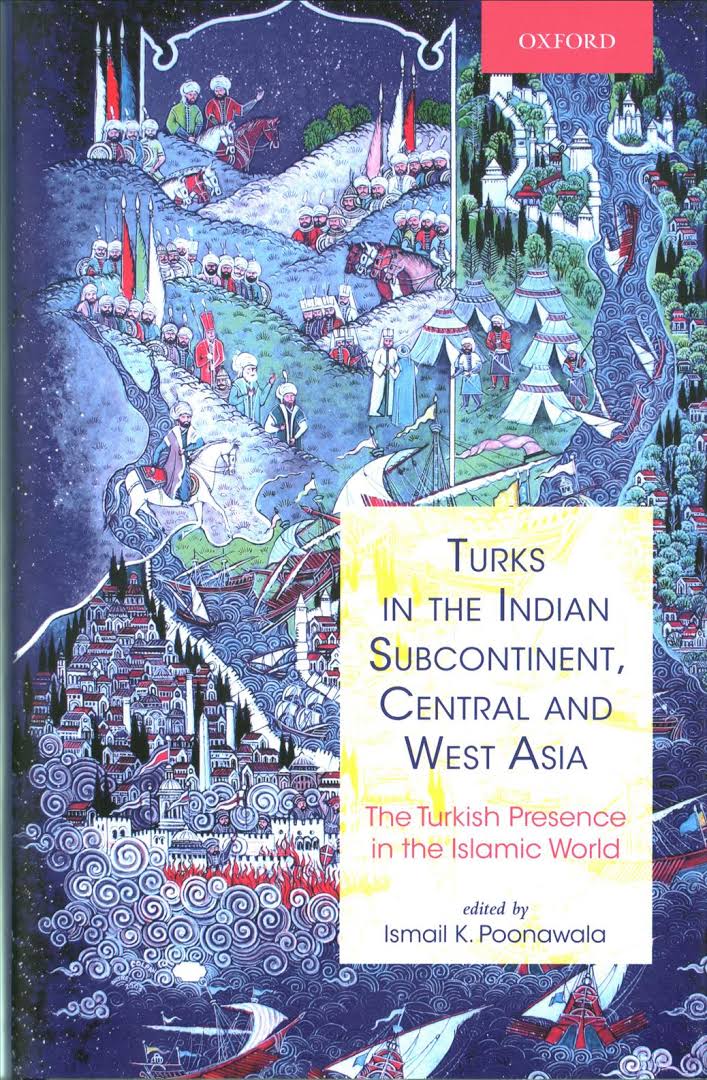The book is a compilation of conference papers related to Turkish people and their contribution to Islamic world from Spain to India. The conference was held in May 2010 on the occasion of the nineteenth Giorgio Lei Della Vida Award to recognize the late Professor Gustave Von Grunebaum, and his contribution to the Semitic languages and history of Middle East and the United States. The papers encompass a wide range of issues including Turkish architecture, cartography, geography, language and literature and sea expeditions apart from the early Turkish history in the Central Asian steppe and their transformation into Islamdom. Ismail K Poonawala, Professor of Arabic studies in the Department of Near Eastern Studies, University of California, has done a commendable job in compiling these papers into this anthology and it is indeed a significant contribution to Turkish studies. The anthology is divided into five broad parts; Part I: Cultural changes among the Turks and their emergence in the Islamic World; Part II: The Seljuqs and their legacy; Part III: The Turks in the Indian Subcontinent; Part IV: Turkish achievements in Cartography and Geography; Part V: Turkish connection to the origins of the Safavids.
The first theme, cultural changes among the Turks and their emergence in the Islamic world, begins with Peter B Golden’s chapter tracing Turkish history based on numerous inscriptions particularly Uygurs inscription at Terxin and Qara Balgasun written in the Sogdian language which was the de facto language of the ancient silk road trade route. He also elaborates the Turkish connection with Ashina mythology and their wolf linkages. In the 1070s Mahmud al-Kasgari connects the Turks to Islam by quoting the Prophet Muhammad saying ‘Turk is the name given by God’ (p.21). Golden also talks about Al-Kasgari’s role in creating prince Alp Er Tunga character to unite the Turks against the invasion of Mongols. In the next chapter Gary Leiser discusses the fourteenth century Ottomans Waqf Board (religious endowment). During this period every province in the Ottoman Empire had a large number of Waqfs institutions, which granted land to senior officials and elites of the Ottoman administration. Leiser states that the role of waqfiyyas was Islamization of Anatolia Christians, therefore these institutions also collected details about the Muslim and non-Muslim population of the Empire. C E Bosworth in his chapter talks about the Abbasid Empire contacts with the Great Seljuqs highlighting the intricate attitude of the Abbasid state towards the Turks as the ills of Islam as they imported Turkish slaves from the Transoxiana as warriors.

